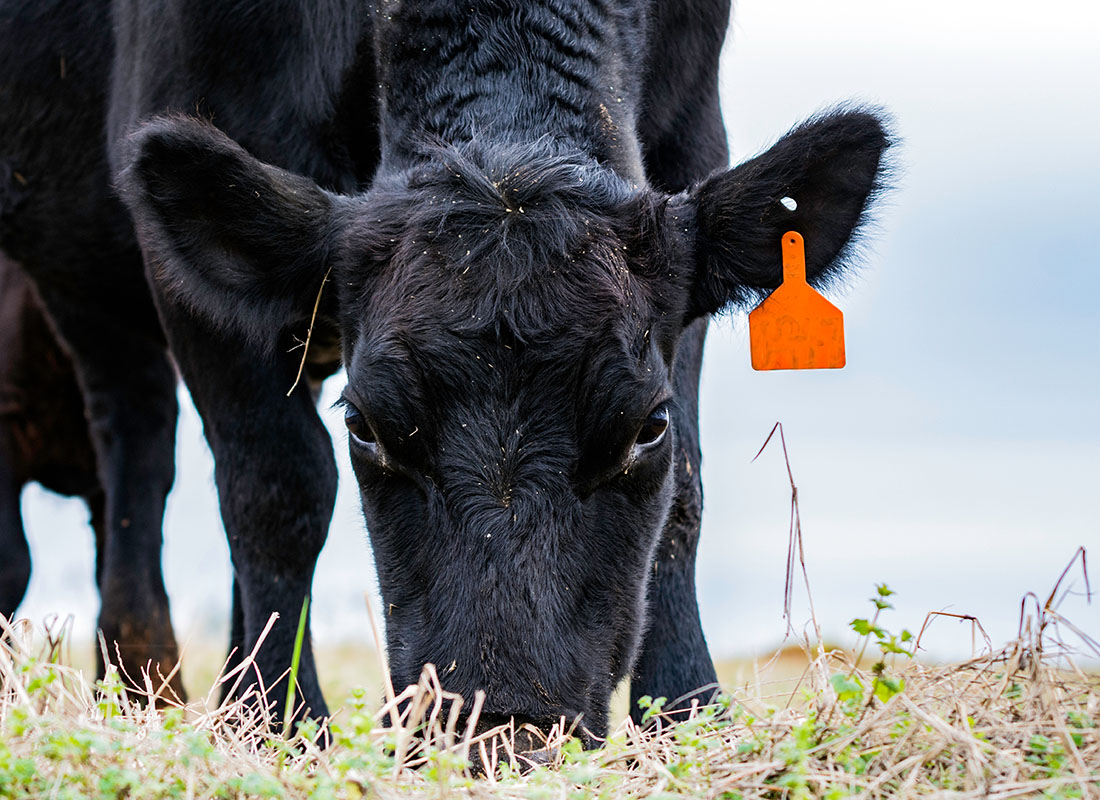Securing Success: Bagley Risk Management Services
Securing Success: Bagley Risk Management Services
Blog Article
Comprehending Animals Threat Defense (LRP) Insurance: A Comprehensive Guide
Navigating the world of livestock danger defense (LRP) insurance coverage can be a complicated undertaking for many in the farming market. From just how LRP insurance works to the different coverage options available, there is much to uncover in this comprehensive overview that can potentially shape the method livestock producers approach danger management in their businesses.

Exactly How LRP Insurance Works
Sometimes, comprehending the technicians of Livestock Risk Defense (LRP) insurance coverage can be complicated, but breaking down how it works can supply quality for farmers and breeders. LRP insurance coverage is a threat monitoring tool created to shield animals producers versus unforeseen cost declines. The plan permits manufacturers to set a coverage level based on their certain needs, choosing the variety of head, weight variety, and coverage cost. Once the plan is in location, if market value fall below the protection price, manufacturers can submit a case for the difference. It is necessary to keep in mind that LRP insurance policy is not an income assurance; instead, it concentrates only on price danger protection. The protection duration commonly ranges from 13 to 52 weeks, offering versatility for manufacturers to select a period that aligns with their manufacturing cycle. By utilizing LRP insurance, ranchers and farmers can alleviate the economic threats connected with fluctuating market value, making sure higher security in their procedures.
Qualification and Insurance Coverage Options

When it involves coverage choices, LRP insurance coverage supplies manufacturers the flexibility to choose the protection level, protection period, and endorsements that best suit their threat monitoring demands. Protection levels generally vary from 70% to 100% of the anticipated ending worth of the insured livestock. Producers can additionally choose protection periods that align with their production cycle, whether they are guaranteeing feeder cattle, fed cattle, swine, or lamb. Endorsements such as rate danger security can additionally customize coverage to secure against negative market variations. By comprehending the qualification requirements and insurance coverage choices readily available, animals producers can make informed choices to handle danger effectively.
Pros and Disadvantages of LRP Insurance Policy
When assessing Livestock Risk Defense (LRP) insurance, it is vital for livestock manufacturers to evaluate the negative aspects and benefits fundamental in this danger administration device.

Among the main advantages of LRP insurance policy is its capacity to offer defense versus a decline in livestock prices. This can assist safeguard producers from monetary losses resulting from market changes. In addition, LRP insurance uses a degree of flexibility, allowing producers to personalize coverage degrees and plan periods to fit their particular requirements. By locking in an ensured price for their animals, manufacturers can better manage threat and prepare for the future.
One constraint of LRP insurance is that it does not safeguard against all types of dangers, such as condition episodes or natural catastrophes. It is essential for manufacturers to thoroughly examine their specific risk direct exposure and financial circumstance to determine if LRP insurance coverage is the appropriate danger monitoring device for their operation.
Comprehending LRP Insurance Policy Premiums

Tips for Optimizing LRP Benefits
Taking full advantage of the advantages of Animals Danger Security (LRP) insurance calls for tactical planning and aggressive risk monitoring - Bagley Risk Management. To make the many of your LRP coverage, consider the following tips:
On A Regular Basis Analyze Market Problems: Remain educated regarding market fads and price fluctuations in the livestock sector. By checking these aspects, you can make enlightened decisions concerning when to buy LRP coverage to secure against potential losses.
Establish Realistic Protection Degrees: When picking protection levels, consider your manufacturing costs, market worth of livestock, and prospective threats - Bagley Risk Management. Establishing practical coverage degrees makes certain that you are adequately secured without paying too much for unnecessary insurance
Diversify Your Coverage: Rather than counting solely on LRP insurance policy, think about expanding your danger monitoring approaches. Integrating LRP with other risk monitoring tools such as futures contracts or options can provide comprehensive protection against market uncertainties.
Review and Change Protection Regularly: As market problems transform, occasionally review your LRP insurance coverage to guarantee it straightens with your present threat exposure. Changing insurance coverage degrees and timing of acquisitions can help enhance your danger protection strategy. By complying with these suggestions, you can take full advantage of the advantages of LRP insurance and protect your livestock procedure against unforeseen threats.
Final Thought
Finally, livestock risk defense (LRP) insurance policy is an important device for farmers to manage the monetary threats look at this website related to their livestock operations. By understanding just how LRP functions, qualification and insurance coverage alternatives, in addition to the pros and cons of this insurance, farmers can make enlightened decisions to shield their incomes. By very carefully considering LRP costs and executing strategies to take full advantage of advantages, farmers can alleviate possible losses and make certain the sustainability of their procedures.
Animals manufacturers interested in acquiring Animals Danger Defense (LRP) insurance can discover a variety of eligibility standards and coverage alternatives tailored to their details animals operations.When it comes to insurance coverage alternatives, LRP insurance policy uses producers the flexibility to pick the protection degree, coverage duration, and endorsements that best match their risk administration demands.To grasp the intricacies of Animals Risk Protection (LRP) insurance coverage fully, understanding the elements influencing LRP insurance policy premiums is vital. LRP insurance coverage premiums are identified by numerous aspects, consisting of the insurance coverage level picked, the expected price of animals at the end of the protection period, the type of livestock being guaranteed, and the length of the insurance coverage duration.Review and Readjust Protection Routinely: As market problems alter, regularly evaluate your LRP coverage to ensure it lines up with your present risk direct exposure.
Report this page